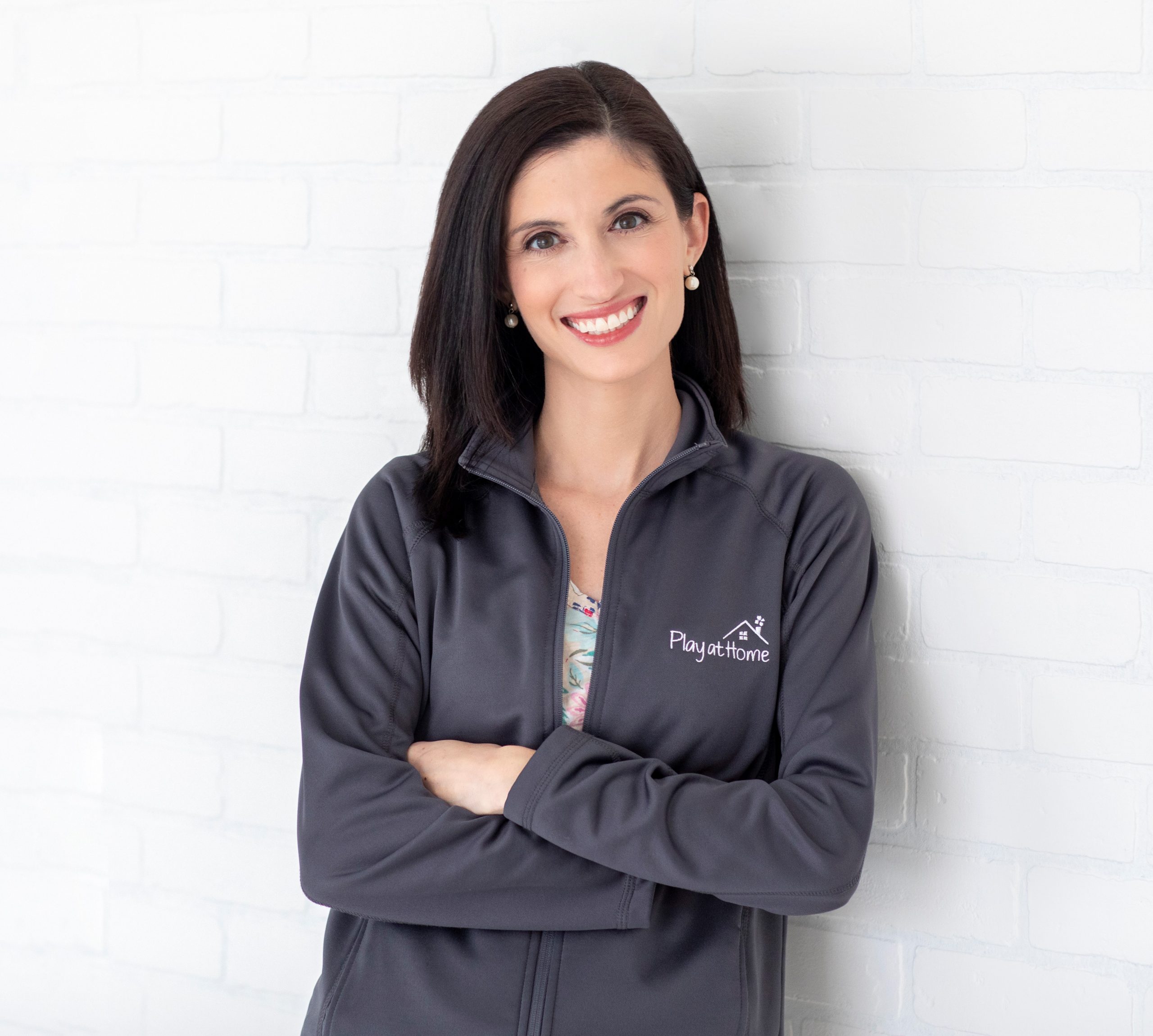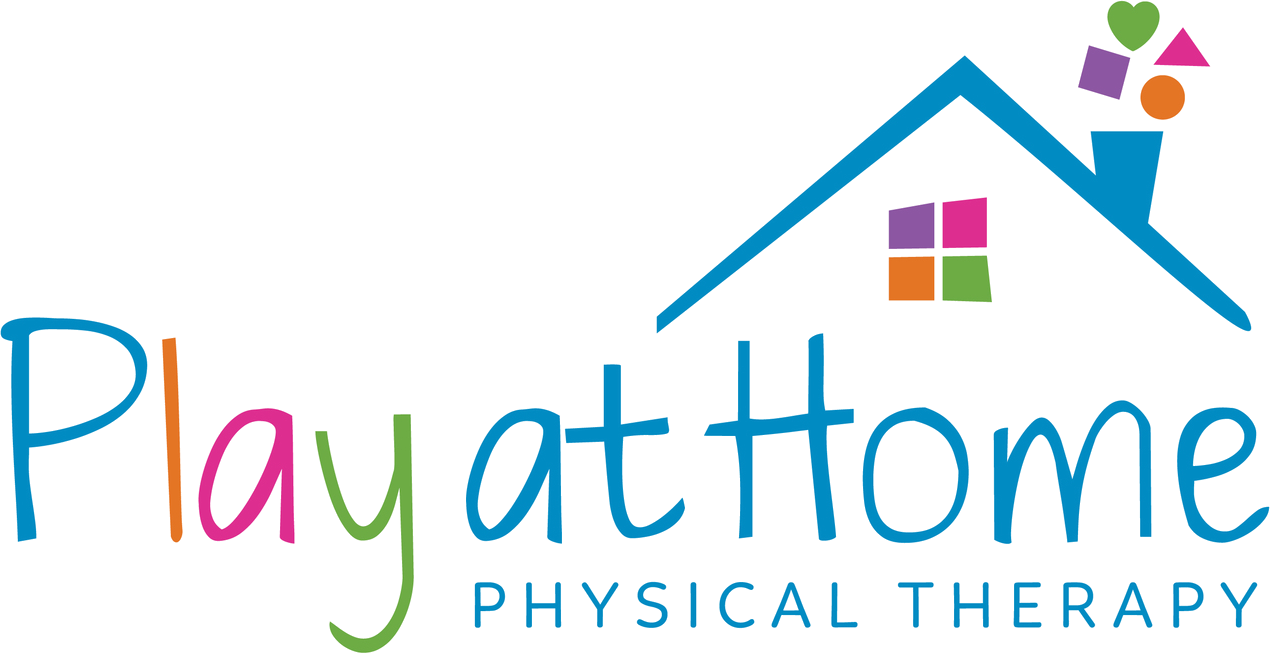The Daily Struggle
Occupational therapy helps kids perform the many activities that “occupy” their time, which are termed “occupations.” Common occupations that kids do every day, but may struggle with, include: playing, eating, getting dressed, brushing teeth, sleeping, bathing, participating in school, and participating in social activities. After an initial evaluation, your occupational therapist will identify meaningful goals to work toward during therapy sessions, and devise a treatment plan that is child-centered and engaging.
Pediatric OT sessions may look like playing on the surface, and that is because kids are better able to learn new skills when they are having fun!
What is the difference between PT and OT?
Both physical therapists and occupational therapists help facilitate developmental skills through evidence-based and client-centered treatment interventions. Sometimes physical therapists refer a patient to occupational therapy, and vice versa because each discipline offers a distinct perspective and expertise. For example, pediatric PTs have clinical expertise in treating torticollis but may recommend an OT evaluation to address any associated visual concerns.
The Play at Home physical and occupational therapists enjoy the opportunity to collaborate and learn from one another. While PTs are experts in gross motor skills, coordination, balance, strength, and are highly specialized at treating a variety of pediatric diagnoses, our OTs have expertise in the following:
Occupational Performance. OTs can help to modify or alter tasks to help patients be more successful in daily activities and routines!
Fine Motor Skill Development. Manipulating toys, coloring, using utensils, and having the strength to sustain a grasp on a variety of objects. So much of what we do on a daily basis requires good hand strength, control, and coordination.
Visual Motor Skill Development. Using visual information to move efficiently in our environments includes many common childhood activities, such as releasing toys into a container, throwing a ball toward a target, stacking blocks, stringing beads, completing puzzles, coloring, engaging a zipper, tying shoes, and handwriting.
Sensory Processing. Sensory processing refers to how we receive information from the environment, interpret that information, then formulate an appropriate motor or behavioral response. Occupational therapists perform sensory assessments to better understand a child's complex sensory preferences and sensitivities.
What we treat
Some conditions that can benefit from occupational therapy include:
- Autism spectrum disorder
- Developmental delay
- Fine motor delay
- Visual processing disorder
- Pediatric feeding disorder
- Sensory processing disorder
Mom Meets Patient
The Play at Home Story

Stephanie Lint, PT, DPT
Owner and Lead Physical Therapist
Stephanie received her Doctorate of Physical Therapy from Thomas Jefferson University in Philadelphia and Bachelor of Science in Kinesiology from Penn State University in State College, PA. She has worked in virtually all settings including inpatient pediatrics, outpatient, NICU, EI, neonatal clinic, schools, and aquatics.
When Stephanie is not treating patients, she loves spending time with her husband, two little girls, and rescue dog, Ridley.
